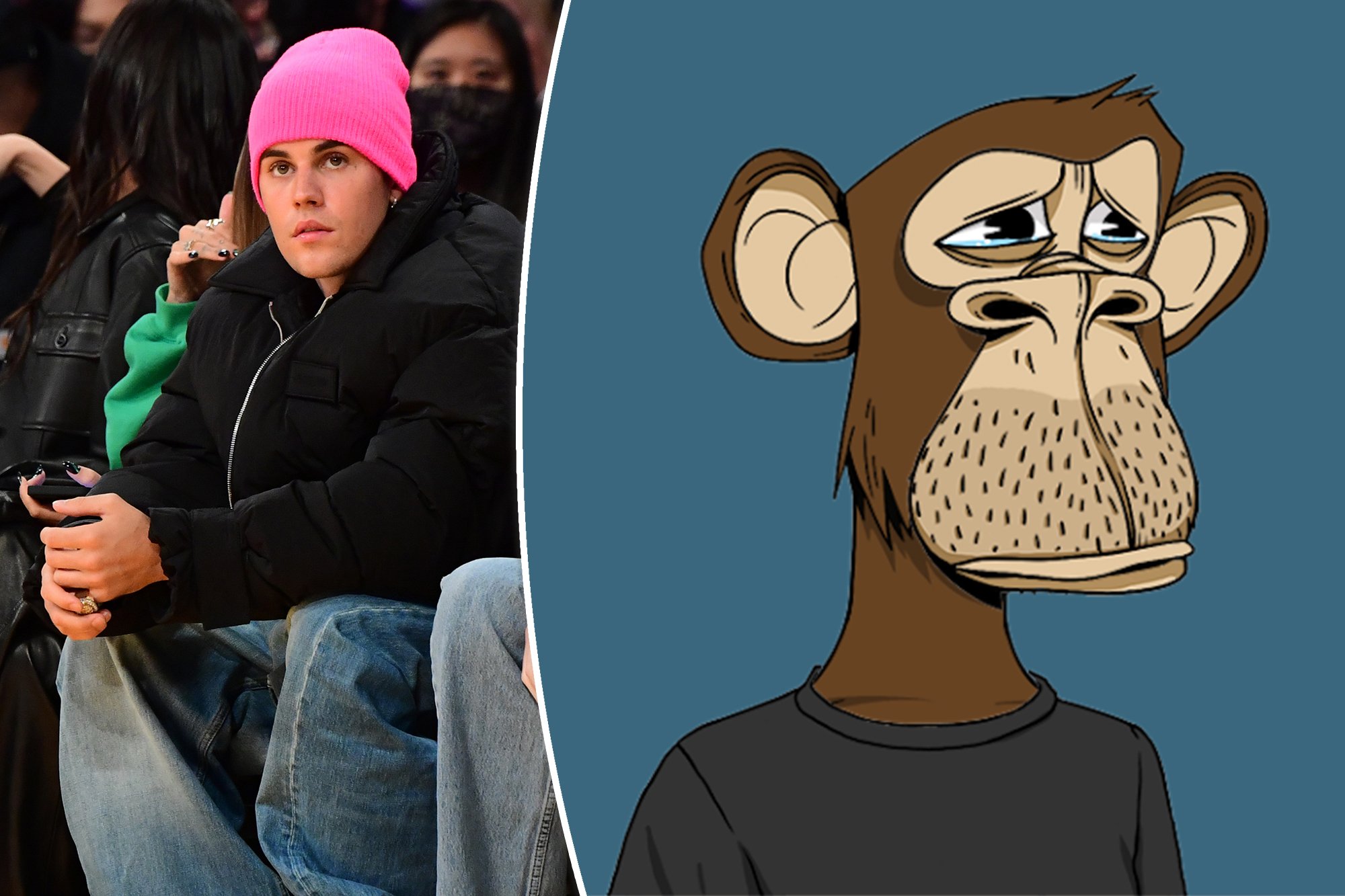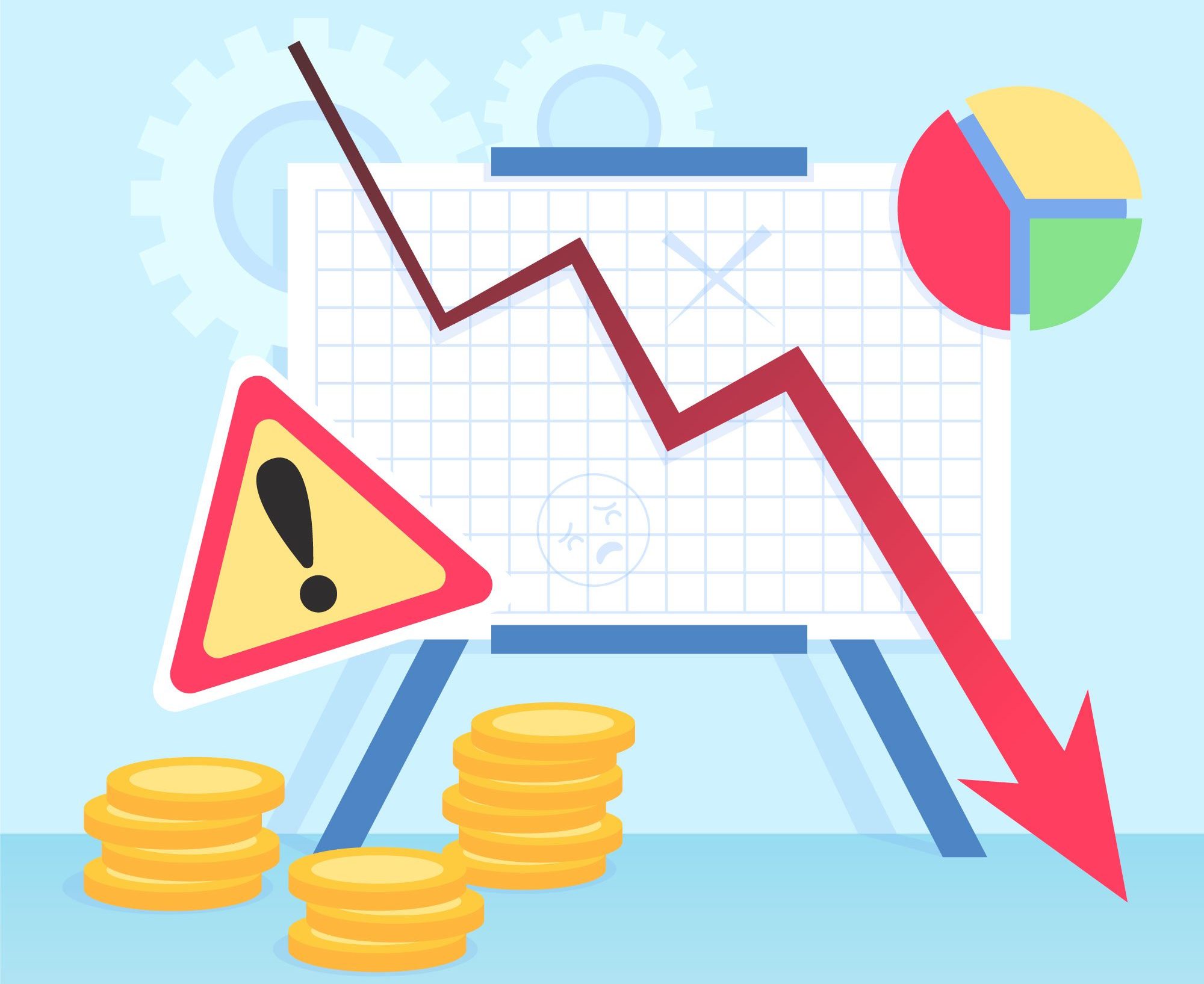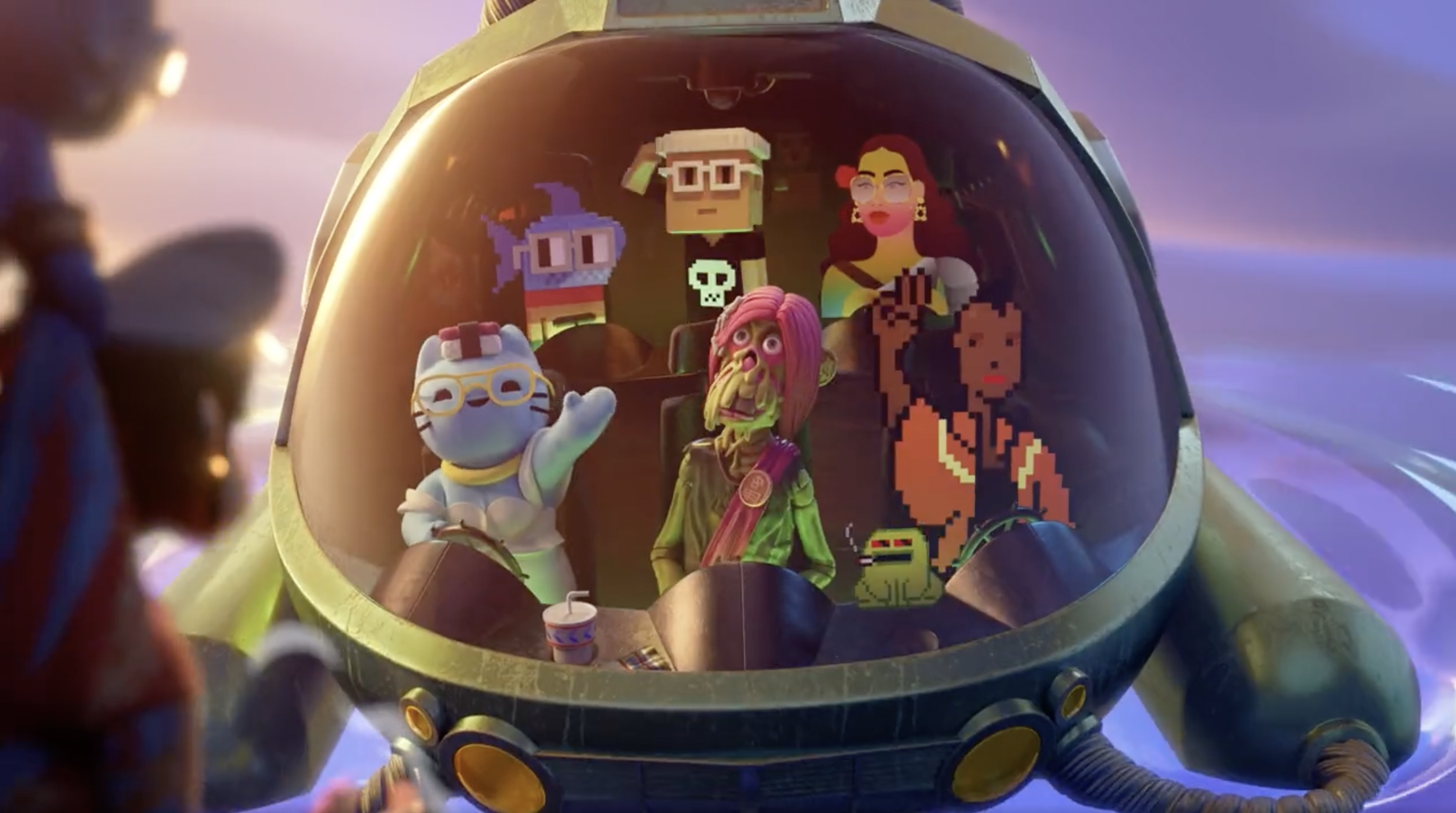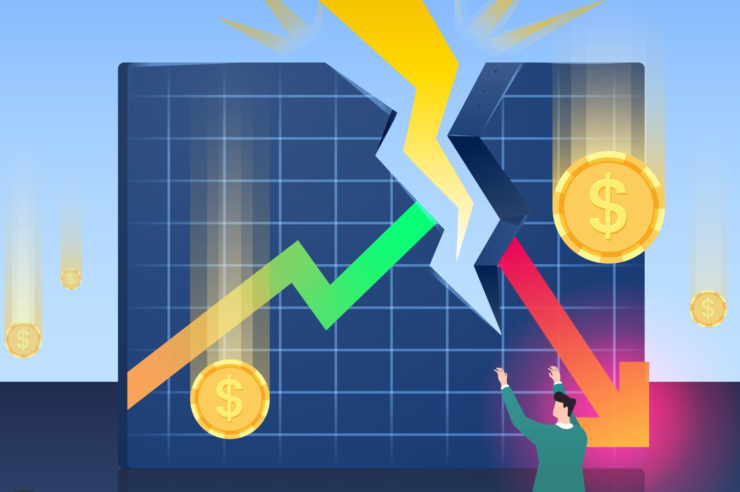The NFT market crash of 2022 is one of the most heavily-debated topics of the year and for a good reason. The same market that used to be the talk of the town in 2021 has seen a shocking downfall in 2022.
But why did the NFT market crash? Could we predict it sooner? How will we recover from a crypto crash that shook the industry? In this post, we’ll answer all of those questions and more. However, in order to understand the NFT market crash, we must go back to the roots:


The NFT Market – Strong Beginnings
Although the first NFT dates back to 2014, it wasn’t until 2017 that CryptoPunks, Rare Pepes, and other Ethereum collections sparked interest among tech enthusiasts. The real NFT boom began in 2021, when huge names IRL showed interest in the market. The most memorable example is Christie’s auction house, which purchased a Beeple NFT for $69 million.
The rest is history. By the end of 2021, the NFT market had exploded, and brands like Gucci and D&G launched their collectibles. This rollercoaster of events was topped by the first metaverses launched too. Of course, everything showed up in the market’s value.
The Most Expensive NFTs Ever Sold
Remember that $69M Beeple NFT bought by Christie’s? Well, it’s still one of the most expensive collectibles ever sold. However, the iconic web3 artist Pak dethroned him in December 2021 with his NFT “Merge,” selling for $91.8 million.
The list also includes CryptoPunks, their most expensive NFT selling for $23.7M (more details in our guide on the most expensive NFTs). Notably, the NFT “Clock” with $52.7, an NFT raising funds for WikiLeaks’ founder’s legal battle against US extradition.
In 2021, the monthly NFT sales amassed over $500,000, which means a single thing: investors were betting it all on this market. And sadly, some of them regret it now.


Buyers Lose Millions in the NFT Market Crash
While the NFT market’s value decreased in February 2022, most finance experts agree that the crash began in the year’s final quarter. Naturally, everybody was affected – but some influencers actually took the hardest hits!
The best example is Logan Paul, whose Azuki NFT bought for $623k is now worth $10 (that’s less than one burger, we know). Similarly, Steve Aoki’s Doodles NFT (purchased for $346,ooo) is now worth less than $42,000.
Snoop Dogg also lost over $300k with a CryptoPunk bought for $1.1M, now worth about $688k. The most popular loss, though, is Justin Bieber’s Bored Ape Yacht Club NFT which went from $1.31M to a shocking $59,090.
These numbers told collectors one thing: the NFT market crash was real. But why did it happen?


So, Why Did the NFT Market Crash?
In order to understand why the NFT market crashed, we’ll have to analyze three common-sense reasons:
Factor One: Market Saturation
Before the 2021 NFT boom, only a handful of web3 projects were traded. As the collectors’ interest in the market exploded, so has the number of projects. To illustrate, over 1.5 million NFTs were traded in a single month in 2021.
From music to gaming assets and visual artworks, there are tens of different types of NFTs built on different blockchains. This incredible expansion came with a cost, too: market saturation. In other words, the overwhelming amount of NFTs available reached (or even surpassed) the collectors’ needs and demands.
Factor Two: Crypto and NFT Scams and Fraud
When people are willing to invest millions of dollars into a market without regulations, hackers inevitably show up – and that’s precisely what happened with NFTs. Shortly after the NFT boom, people lost their assets or money overnight after accessing malicious links or falling for free mint NFT scams. As the first Discord hacks appeared, not even community chats were safe anymore.
Sure, crypto detectives such as ZachXBT have been hunting down scammers for years, but that’s barely enough to make the NFT space truly safe. This reason has convinced many collectors to stop investing in new projects or to leave the NFT space for good.
Factor Three: Collapse of Big Systems
Many big web3-related systems contributed to the NFT market’s fast expansion – and their collapse has affected the industry. Let’s take, for example, FTX, one of the largest crypto exchanges to date. The platform’s owners filed for bankruptcy in late 2022, allegedly due to a lack of liquidity and many withdrawals (although scams may be to blame too).
In May 2022, the Terra blockchain’s crypto coins TerraUSD and LUNA collapsed. The two currencies lost almost 99% of their value, and investors lost more than $60 million. These two events and similar collapses have set the foundation for the NFT market crash.
Factor Four: How the World at Large Affects NFTs and Crypto
The global economic situation affects every market worldwide, and NFTs are no exception. As the world was slowly recovering from the COVID pandemic, the US economy slowed drastically in 2022. Many financial experts even considered the possibility of entering a recession – a scenario that would affect the global economy too.
Another consequence of the pandemic was inflation. In 2022, the European Union recorded the highest inflation level: 9.2%. Such data inevitably changed NFT investors’ and creators’ roadmap or spending habits.
Now, only one question remains…


Can We Recover From the NFT Market Crash? (make sure this is hopeful)
The bear market has taken its toll on everybody in the web3 space, be it NFT whales, artists, or collectors. While some lost millions of dollars, others lost the chance to grow.
However, the same data that confirmed the NFT market crash also shows a light at the end of the tunnel. Yuga Labs, the leaders of the NFT space, contributed to 30% of all Ethereum NFT trading volume in a single month. Its innovative games like Dookey Dash attracted new collectors and encouraged users to invest in the market.
The new NFT marketplace Blur had the same impact too. This zero-fee platform reported a 120% increase in monthly trading volume, surpassing its competitor OpenSea. Shortly after launch, the marketplace amassed over $100 million in weekly NFT sales.
To conclude, the NFT market is undoubtedly here to stay. By doing our own research as usual, we can prevent NFT scams and make wise long-term investments that go beyond the ups and downs of the industry.
All investment/financial opinions expressed by NFTevening.com are not recommendations.
This article is educational material.
As always, make your own research prior to making any kind of investment.






















Comments (No)